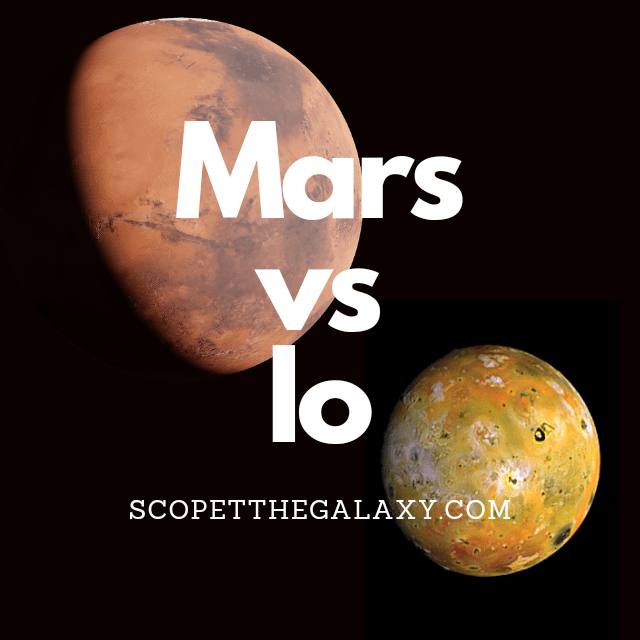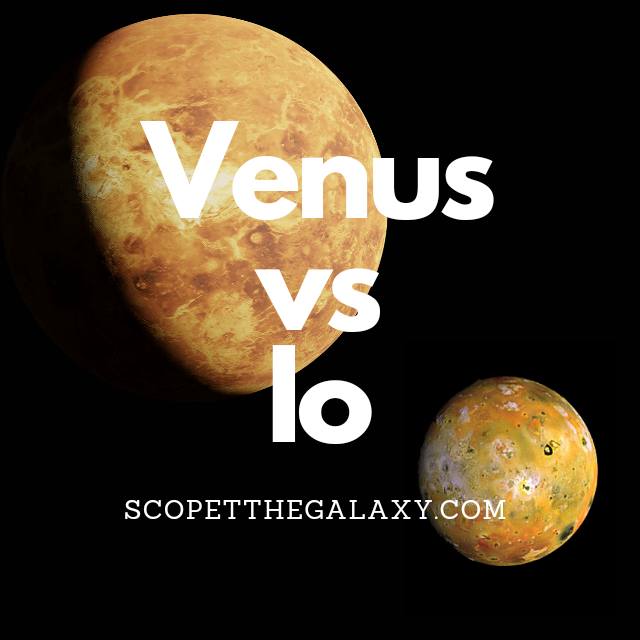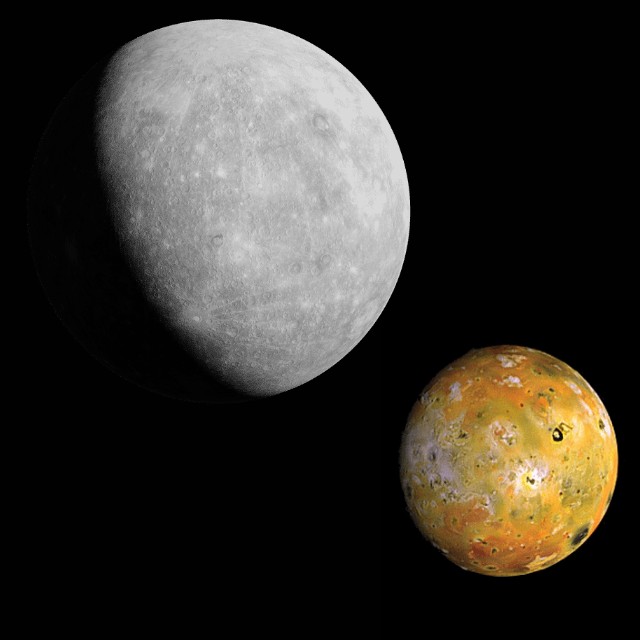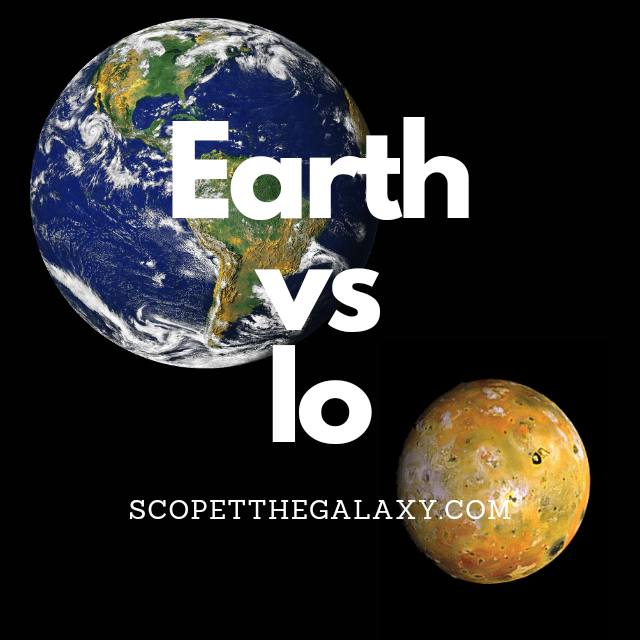Mars vs Io (How Are They Different?)
The main differences between Mars and Io is that Mars is the 4th closest planet to the Sun whilst Io is a natural satellite and is joint 5th with the planet it orbits (Jupiter), Mars is bigger with a diameter of 6,779km whilst Io’s diameter is 3,643km, Mars has 2 moon orbiting it whilst Io … Read more






